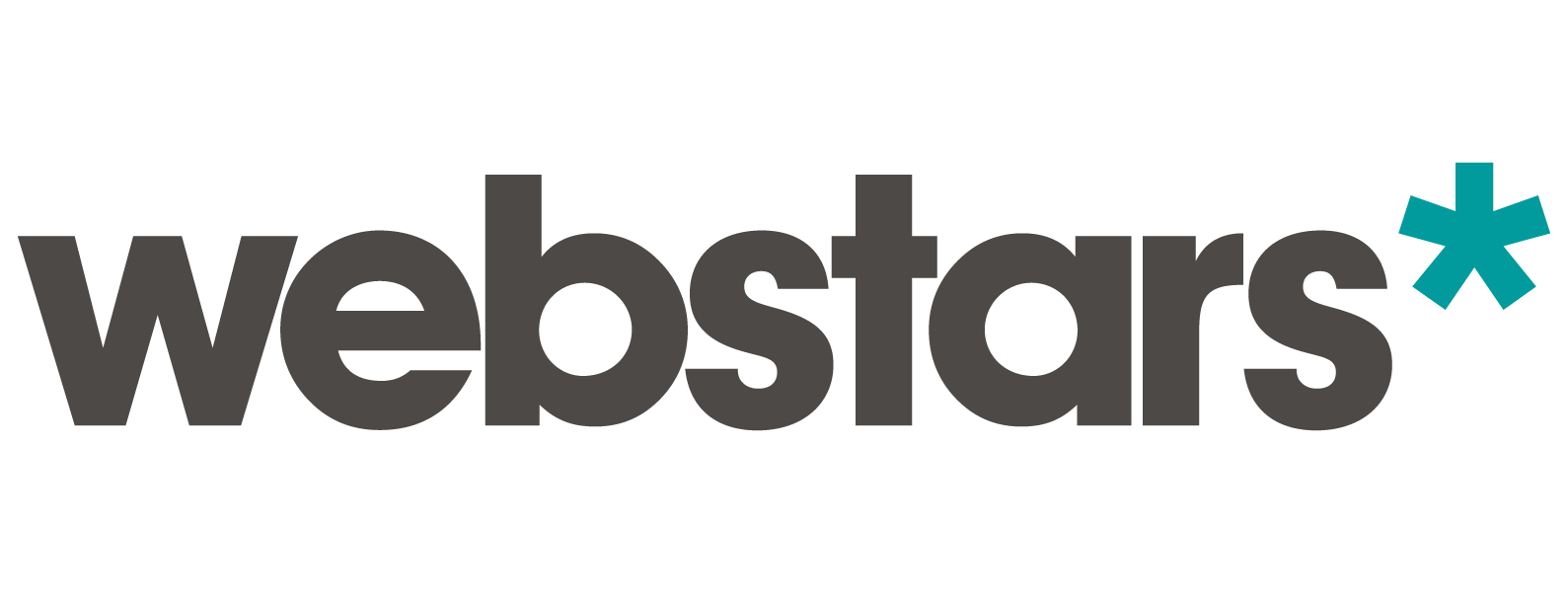My 2nd Month in Marketing
Navigating Social Media Platforms

Continuing on from the previous month, I wanted to bring you along on my journey of discovering and learning about the industry in the hope that it may guide a future marketer someday.
In saying that, my second month has been really interesting. I have not only had a chance to hone what I learnt the previous month but have undertaken new responsibilities like doing a social media audit and content plan for some of our clients while learning to navigate the nuances of different social media algorithms.
The need for a social media content audit
So let's talk about the need for frequent social media content audits first shall we? Ideally, a content audit is undertaken so that we as marketers can analyse and measure the performance of every piece of content we put out on our social platforms. You know how we want our posts to do well on our private accounts and may constantly be looking at the likes or views we get? It is the same concept but on a much grander and more formal scale; however, the metrics and KPI’s we choose to focus on will differ based on our needs.
Now, this is an important step towards defining your eventual content plan as the audit allows us to learn what type of content performs well and the audience that is receptive towards it, and on the flip side, identifies the forms of content that do not get a lot of engagement. Furthermore, content that performs really well can be repurposed and presented to the audience again and while one may think, how does that ever work, well… have we not seen the same TikTok dance a thousand times and they are all popular! So don't be afraid to repackage something that has done well and present it again, at the very least it will help improve engagement.
Determining the social strategy and coming up with a content plan
So now that we have a lot of data that we have gathered and defined the type and format of content that does (and doesn't) perform well, what do we do? Well, the next step is to come up with a strategy that helps us to set goals to achieve and lay out a plan that helps with a streamlined, coordinated and consistent distribution of the content we want to put out.
Something that I personally failed to realise was that a content strategy is necessary to communicate a cohesive story about one's brand to its audience. And while working on an audit for a client, I noticed that they too had failed to realise this. The mistake that they were making is that while they were posting consistently, there was barely any engagement, and the message of the content and the style was very similar to not just their competitors but also to their own previous posts. It is so important to stand out and do something different in a congested social space which gave me the freedom to make innovative suggestions to them and define a strategy with measurable goals, a defined focus, consistent messaging and hopefully a noticeable increase in ROMI - return on marketing investment!
Social media algorithm
However, just having a plan is not enough, it is essential to understand the way each platform and its algorithm work, to understand the behaviour of its users and leverage the algorithm to your advantage.
And there are all sorts of nifty tips and tricks to do so out there, some that can even be really obvious that we do not stop to think about (but we really should). For example, we all know how vital good SEO practices are, but I did not know up until a month ago that the name of the file you upload to YouTube also contributes to it. Furthermore, playlists are also so important as they not only serve as a collection of all the tags, data and descriptors we have added but are also pushed by YouTube as it keeps people watching for longer - sneaky!
Similarly, LinkedIn also looks out for high-quality content and first sends out your post to a small group of your followers or relevant viewers. And only if it gets some engagement (in the form of reactions but more importantly, comments), is it sent out to more people, otherwise, it might just be flagged as spam. And this is just the tip of the iceberg with so much more to discover, so keep a lookout for our upcoming guide to social media algorithms.
The importance of leveraging social media algorithms
Now you might be wondering why it is so important to keep on top of algorithm changes and if it is even useful. And the resounding answer to this is yes, more than you can imagine! Leveraging them properly opens the door to your posts being pushed by the platform to not just your followers but other users too. And if hashtags are incorporated into your posts, it helps lead users from out of your circle, to your account and hopefully engage with you - something we learnt when working for one of our clients.
Each platform also works in its own unique way with its own unique pattern of audience behaviours. So knowing what sort of posts work on each of them and what the audience is receptive to can be the difference between a successful post that has done really well due to well-informed targeting strategies or a post that gets lost in the ether. Adapting our strategies to the algorithm also helps us measure where we may be going wrong or succeeding in our marketing tactics and make adjustments - something particularly useful when running paid campaigns as it can help us spend our money effectively and (hopefully) generate more leads. Let me give you an example, when I am on LinkedIn’s Campaign Manager and putting out Video ads, impressions and views are great, but unfortunately they mean very little when it comes to generating leads. Those are what we call vanity metrics, instead, what we actually want to look at is the video completion rate which shows us how many people watched the video to the end and based on these stats we can find ways of optimising the content shown to audiences.
Conclusion
If, like me, you are starting out in the industry and would like to learn more about online marketing, or about measuring the effectiveness of your content and social media strategy, why not read our blog on Return on Marketing Investment.
If you still have questions after, our team at Webstars will be more than happy to help, so feel free to get in touch with us.
Account Based Marketing
Download our Complete Guide




